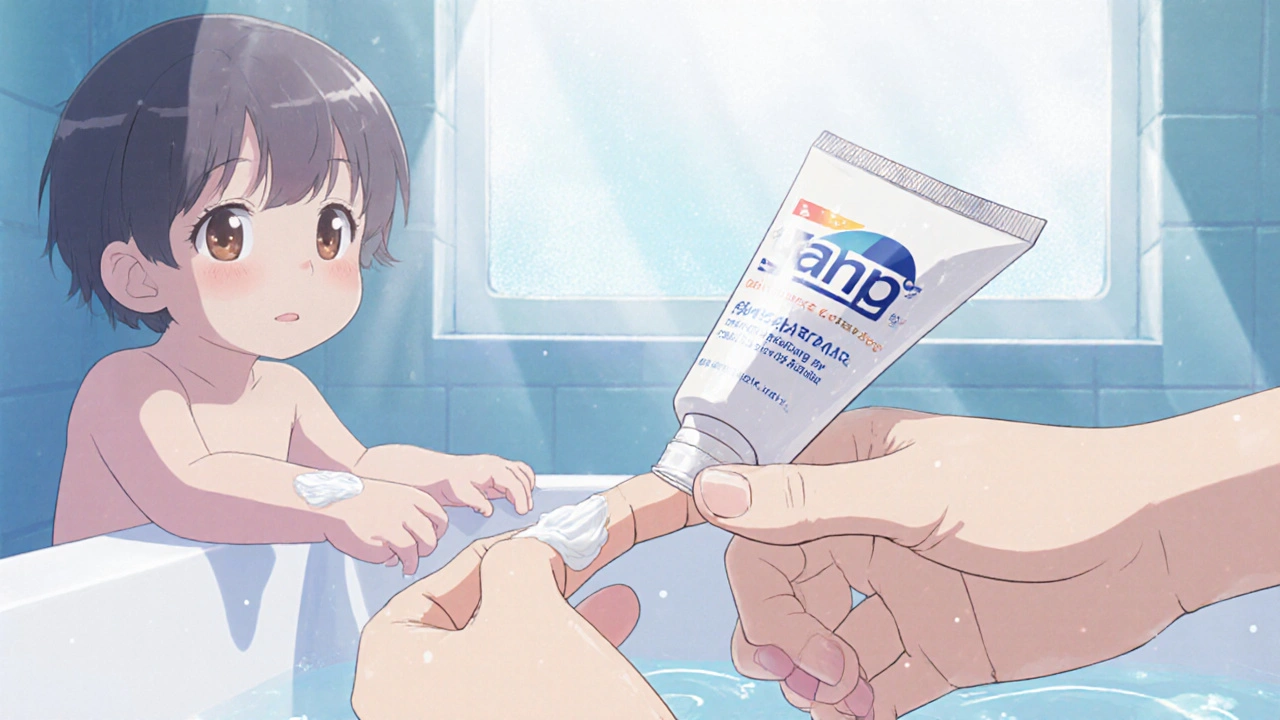Scabies Treatment: Effective Options, Common Mistakes, and What Actually Works
When you have scabies, a skin infestation caused by the Sarcoptes scabiei mite. Also known as the seven-year itch, it’s not about poor hygiene—it’s about close contact. These tiny mites burrow into your skin, lay eggs, and trigger intense itching, especially at night. Left untreated, scabies spreads fast—through hugs, shared beds, or even sitting on a couch someone else just left. The good news? It’s treatable. But most people mess it up by not following the full course, missing re-treatment windows, or ignoring the people around them.
First-line permethrin cream, a topical insecticide approved for scabies in adults and children over 2 months works for most. You apply it from neck to toes, leave it on for 8–14 hours, then wash it off. It kills mites and eggs. But if permethrin doesn’t work—or you can’t use it—ivermectin, an oral medication used off-label for stubborn or crusted scabies is the next step. Doctors prescribe it in two doses, one week apart. It’s especially helpful for people with weakened immune systems or outbreaks in nursing homes.
People often skip washing bedding, towels, and clothes, thinking the mites will just die off. They won’t. Scabies mites can live up to 72 hours off the body. That’s why you must wash everything in hot water and dry on high heat—or seal items in plastic bags for a week. Same goes for close contacts. If you have scabies, everyone who slept in your bed or had prolonged skin contact needs treatment, even if they’re not itchy yet. Waiting until symptoms show means you’re already spreading it.
Some try home remedies—tea tree oil, neem, or sulfur ointments. These might help a little, but they’re not reliable enough to replace medical treatment. And don’t use lindane or crotamiton unless your doctor says so. Both have serious side effects and are rarely used anymore.
Itching can last weeks after treatment, even when all mites are dead. That’s your immune system reacting to leftover mite parts. Antihistamines or hydrocortisone cream can ease it. But if the rash keeps spreading or you still see burrows after two weeks, you need a second round of treatment. Don’t assume it’s just dry skin.
Scabies doesn’t care who you are. It shows up in luxury apartments and homeless shelters, in daycare centers and college dorms. What matters isn’t your lifestyle—it’s whether you treat it correctly and stop the chain. The posts below give you real-world comparisons: how permethrin stacks up against ivermectin, why some treatments fail, what to do if you’re pregnant, and how to protect your kids. No theory. No guesswork. Just what works, what doesn’t, and how to get it right the first time.

Elimite (Permethrin) vs. Alternative Scabies & Lice Treatments - 2025 Comparison
A detailed 2025 guide comparing Elimite (permethrin) with top scabies and lice treatments, covering efficacy, safety, age limits, and practical buying tips.
